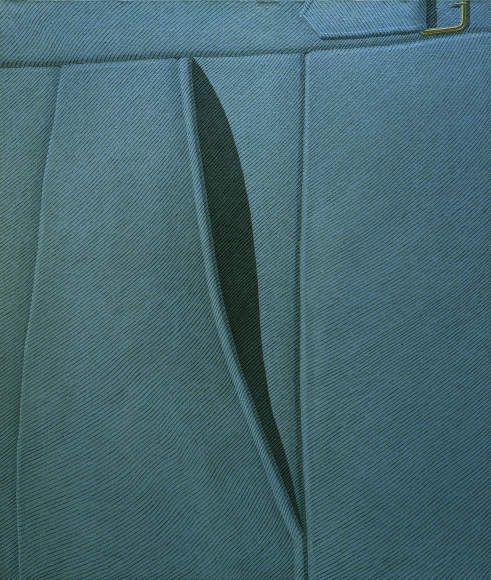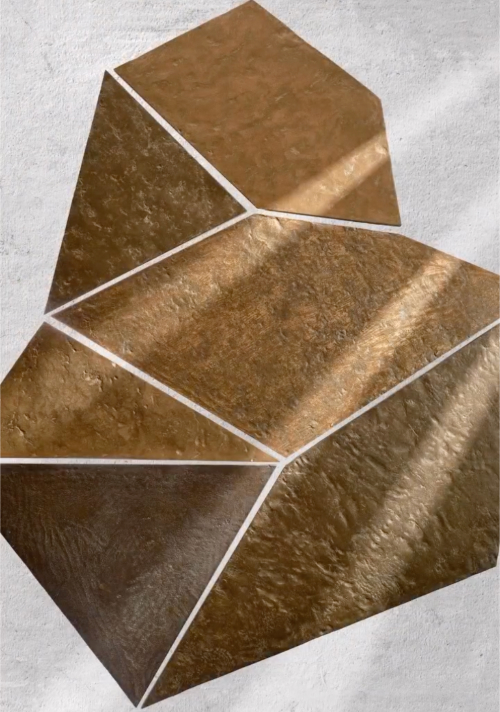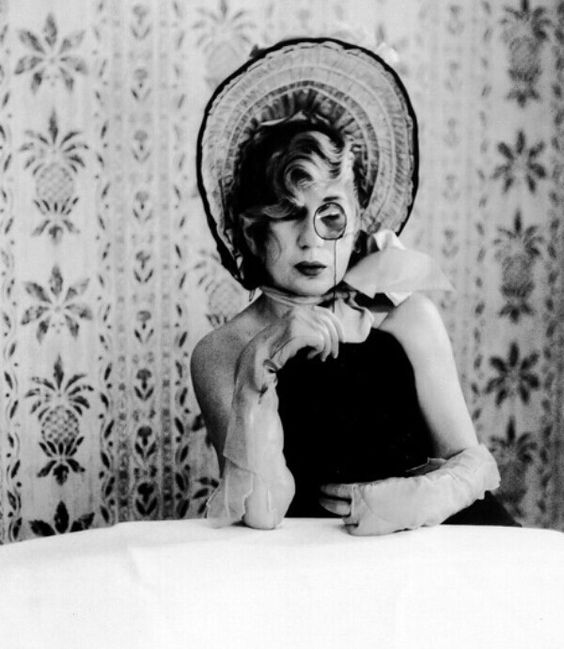
THE UNIQUE DESIGN OF THE DETAILS
THE UNIQUE DESIGN OF THE DETAILS
The Erotic Secret of Pockets
APRIL 2024 - TOUCH

"Women have carried bags from time to time, sometimes sewn, sometimes tied, sometimes brandished in their hands, but a bag is not a pocket."
Charlotte P. Gilman, New York Times, 1905
Once a question of gender, today it is a question of style.
Sewn inside hats, made from watches, medallions, necklaces, or simply from skirts, the pockets are drawers, a real hiding place for objects and secrets
Much has been written about how pockets were a political symbol, as the presence of pockets has always been seen on men’s clothes, which tend to have them capacious and visible, while women’s clothes have always had small, if not non-existent pockets. “There is a supremacy in menswear… its adaptation to the pocket,” wrote Charlotte P. Gilman for the New York Times in 1905. And she continues: “Women have carried bags from time to time, sometimes sewn, sometimes tied, sometimes brandished in their hands, but a bag is not a pocket.”


Will pockets, for women, ever really replace handbags? Maybe not. But the real question might be: what did they contain? Since they appeared at the beginning of the seventeenth century, and there were no cell phones, keys and credit cards… I like to think that they hid cards, magic formulas of sorcerers and sorcerers, precious photographs or love filters.
Thus, the pocket remains a mystery, a symbol that because of its intimacy makes us think of the erotic sphere, just as it is comparable to the female organ, which is a perfect pocket of the body, a secret hiding place, capable of containing a world other than itself. The pocket refers to the sense of touch, rather than sight, precisely because it hides its contents from the eye. It is precisely because of this place of knowledge, that it is the first to be accessible thanks to contact with a hand.


Something similar is said to have been written by the Belgian intellectual and philosopher Luce Irigaray, who in “In Praise of Touching” denounces the loss of meaning of touch in Western culture, dominated by male “logos”. According to her, we are a big head who keeps thinking but has forgotten the skin.
The history of the pocket is the story of a detail, of an opening, conceived as a place to contain other worlds, witnesses, small objects, bearers, however, of great significance.


The artist of this concept is Domenico Gnoli, a painter who expressed his mania for details and painted them by enlarging them, to give them an aura of sacredness, which otherwise would not be possible. Among his most famous zooms, in addition to ringlets, lace, buttons, ties and straps, we also find, coincidentally, pockets. “The Jacket Pocket” of 1965 is an eloquent example of Gnoli’s desire to give light to objects to make them “signify”, or to make them “speak” as the British poet W.H.Auden would also say: “Our tables and chairs and sofas/ They know things about us/ That not even our lovers can know.”
by Alessandra Busacca
You may also read
THE ALCHEMICAL FORMULA OF BEAUTY
THE ALCHEMICAL FORMULA OF BEAUTY The magical atelier of the Curti Furnace FEBRUARY 2024 – Mate
ORWELL, UTOPIA AND FASHION OF THE FUTURE
ORWELL, UTOPIA AND FASHION OF THE FUTURE Air bags, origami accessories and sea creatures marCH 2024
ANNA PIAGGI AND HER DP
THE SHAPE OF FASHION THINKING Anna Piaggi and her DP marCH 2024 – TOUCH Courtesy Paolo Castald





